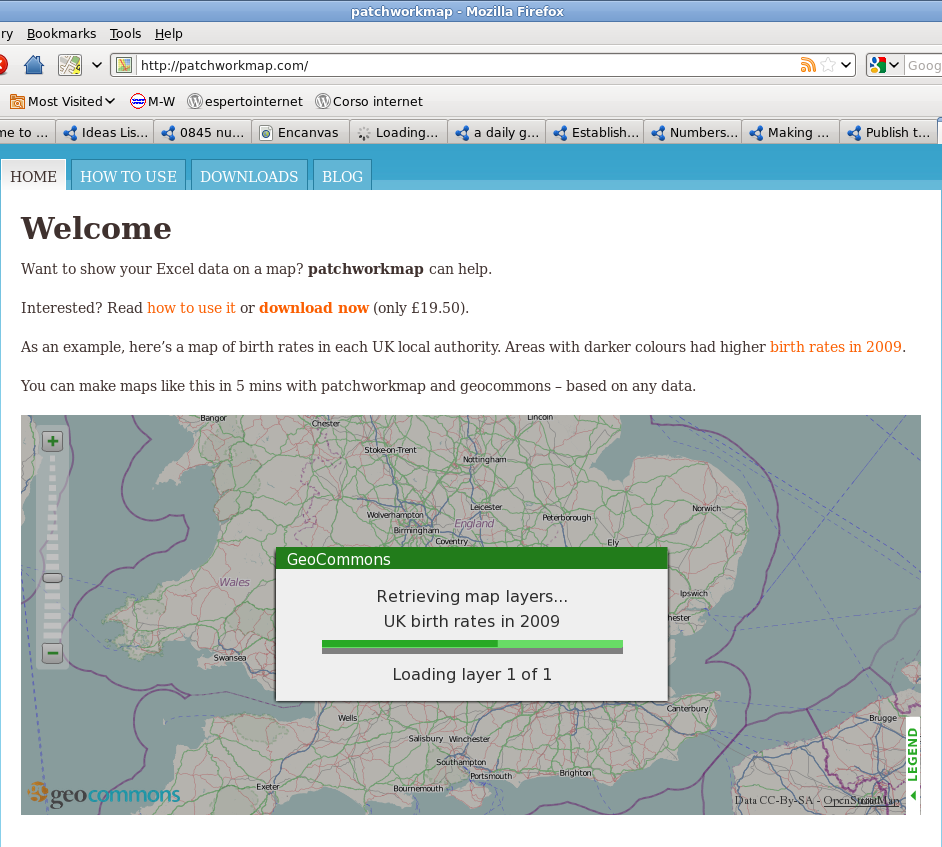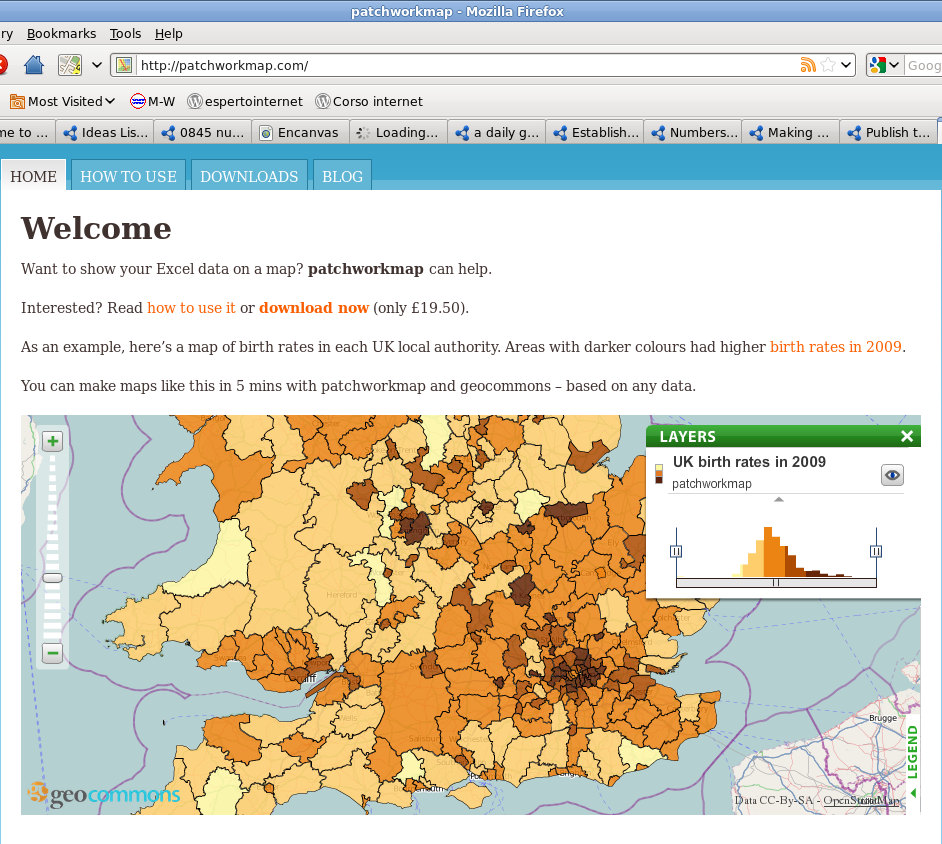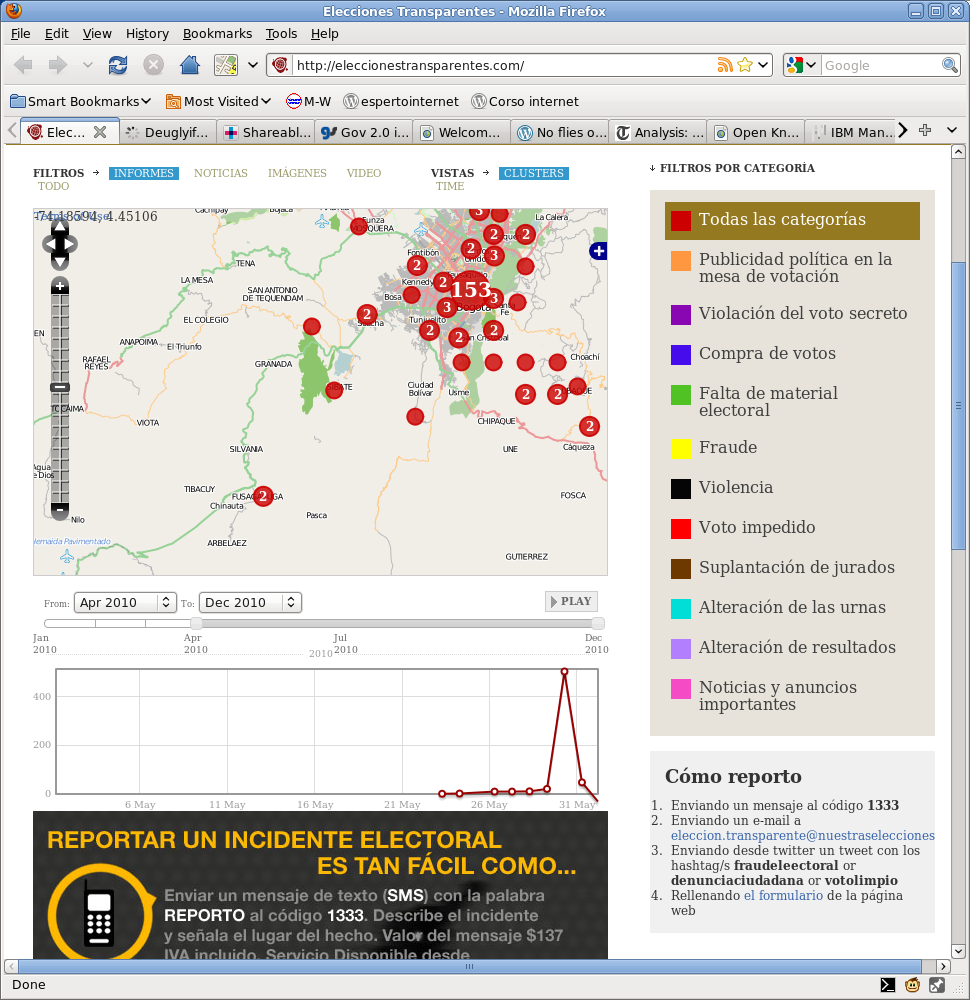Open Data: Demographics and election support
(this page is part of my Open Data, Open Society report. Please follow that link to reach the introduction and Table of Content, but don’t forget to check the notes to readers!)
Demographics
Data like population composition by age ranges, sex, birth or death rates, number of permanent or temporary residents and their schooling levels are useful to every public administration or private business that needs or want to offer some service to that population. Organizations aren’t the only potential users of demographic PSI, however. Full access to demographic projections can, for example, help citizens to assess by themselves if and how much a City Council decision to (not) build in their neighborhood more hospitals, kindergardens, subway lines, parking lots or schools actually is in their interest or not. Even deciding where to start a certain business (think kindergarden or shops selling clothes and gear for children or teenagers) benefits from wide availability of such data. An example of how they can be visualized for easier understanding of large scale trends is in the two following screenshots, that shows how the website patchworkmap.com allows the user to select many kinds of data (birth rates in UK in this case) and display them on a map


Election support
Participation to election is decreasing in several EU countries. Among the many causes for this trend there is the fact that many citizens find too difficult, or have lost interest for whatever reason, to know the candidates to each post, or don’t trust the “canonical”, top-down channels anymore, be they mainstream TV shows or even the official party websites of the candidates themselves. Online forums and social networks, or even “general-purpose” portals like Wikipedia haven’t had much success so far in satisfying the need among voters for information on political candidates that is complete, relevant, reliable and easy to browse. A number of independent online initiatives has started in the last years to fill this gap.
One of the most recent examples in this field is Your Next MP from UK, which is currently still focused on the candidates of the England 2010 general election. The Straight Choice group crowd sourced in UK 5173 election leaflets, from all parties and most constituencies. You can see a zoomable map of them, and a mosaic of the party leaders made of their leaflets, in this blog post where they report back on what they’ve found.
In Italy, the OpenParlamento group regularly scratches data from the official government websites to build searchable databases that show how much each Parliament member is active, how he or she has voted on each issue (including the times where the vote was against the official party line) what is the status of each law proposal and other information of this kind.
The two examples above are particularly significative because they both show the usefulness of PSI data and how much effort must be duplicated without real needs when those data aren’t open. What OpenParlamento and Straight Choice are doing is based on much manual work on their side that is not really necessary. All the services at OpenParlamento would be much easier to implement if it were possible to directly query through the Internet the official databases on which the Parliament websites are built. As a matter of fact, if those databases (that must be built and maintained anyway for official record keeping and internal operations of the Parliaments) were directly accessible through the Internet, a relatively standard procedure to set up, there wouldn’t even remain much of a need to spend public money to maintain the official websites from which that same information has to be scraped afterwards!
Helping citizens to compare election leaflets could be even simpler for central governments. All it would take is one law mandating that all candidates in any post publish online all their leaflets with an open license, in a format that makes it possible to find, download and compare them automatically.
Besides the information that helps voters to know all they want to know to decide who to vote, public data about elections include those that help to see if voting happened regularly.

This is the case of portals like eleccionestransparentes.com, that collected and displayed on one map all kind of accidents, reported by the authorities or by citizens via SMS,Twitter or email, that could alter the result of Colombian elections in May 2010: votes not secrets, frauds, lack of voting material or booths, violence against voters, advertising in the voting booth and so on.
Who writes this, why, and how to help
I am Marco Fioretti, tech writer and aspiring polymath doing human-digital research and popularization.
I do it because YOUR civil rights and the quality of YOUR life depend every year more on how software is used AROUND you.
To this end, I have already shared more than a million words on this blog, without any paywall or user tracking, and am sharing the next million through a newsletter, also without any paywall.
The more direct support I get, the more I can continue to inform for free parents, teachers, decision makers, and everybody else who should know more stuff like this. You can support me with paid subscriptions to my newsletter, donations via PayPal (mfioretti@nexaima.net) or LiberaPay, or in any of the other ways listed here.THANKS for your support!